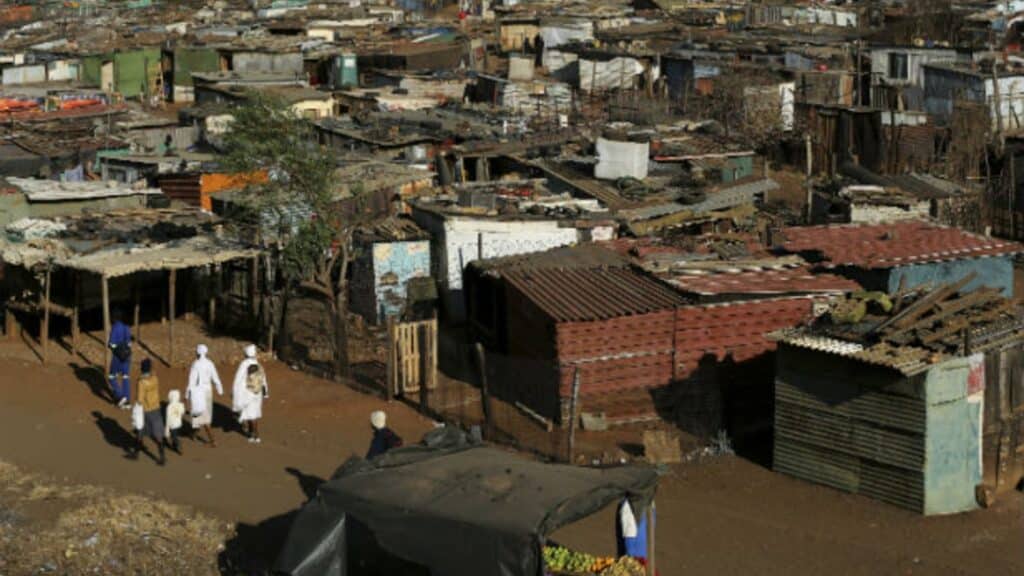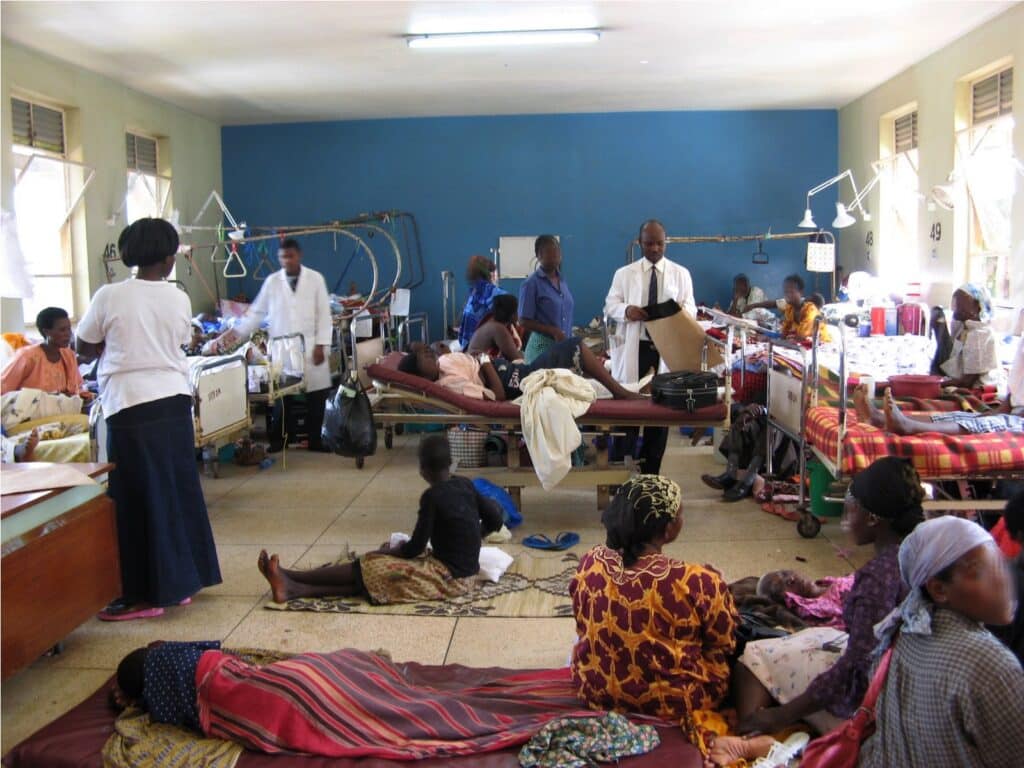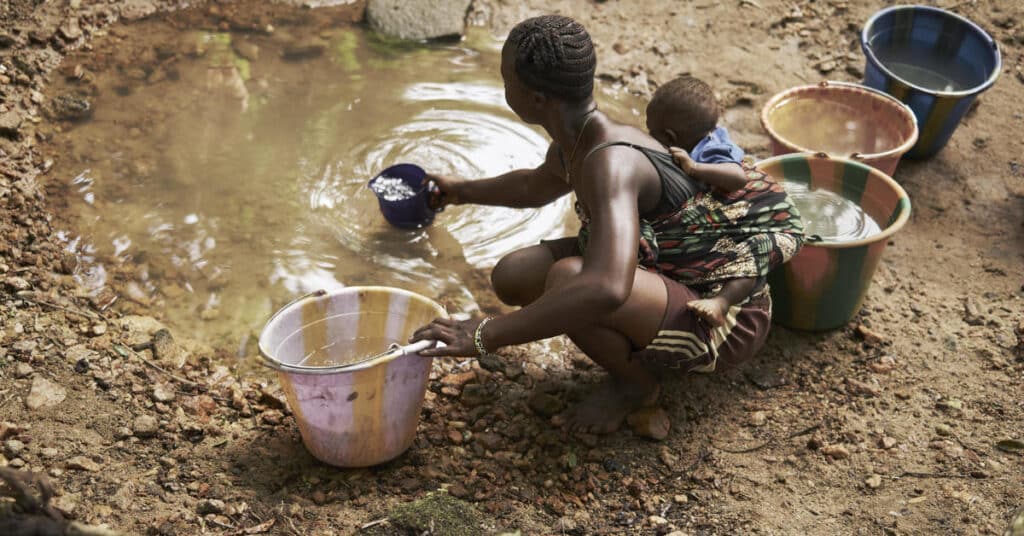Profoundly impacting the lives and prospects of young people residing in impoverished counties across Kenya is none other than poverty itself. Within these marginalized regions lies a perpetuating cycle of disadvantage that disproportionately influences adolescents due to inadequate access to fundamental necessities such as quality education, healthcare facilities, and employment prospects—among others. Through this article’s thorough exploration into its various aspects—covering both challenges faced by youths as well as consequences on their general well-being—we aim to shed much-needed light on this matter. Our ultimate objective is to raise awareness while simultaneously inspiring proactive measures aimed at addressing and assisting youth confronting hardships within poverty-stricken areas throughout Kenya.
Poverty is like an unwelcome guest that has overstayed its welcome in the poor counties of Kenya such as Kitui, Kakamega, Mandera, Turkana, Nairobi, and Bungoma. According to the statistics, poverty rates in these areas are higher than a giraffe’s neck. It’s not just a fluke; there are actual factors contributing to this unfortunate reality. From limited access to resources and services to inadequate job opportunities, it’s a vicious cycle that keeps the residents locked in a poverty party they never asked to attend.

Education is supposed to be the ticket out of poverty , but for the youth in these poor counties, it is harder than it seems. The lack of educational infrastructure and resources is very evident. Students often find themselves learning in dilapidated classrooms with limited access to books, technology, and quality teachers. Combining that with challenges like long distances to schools, limited transportation, and financial constraints, you’ve got yourself a recipe for educational disaster. The impact? Limited prospects and missed opportunities to break free from the poverty trap.
When it comes to healthcare, the youth in Kitui, Kakamega, Turkana etc face more obstacles than any other countries like Nairobi. The lack of proper healthcare infrastructure and services is like a mosquito buzzing around, constantly reminding them of their vulnerability. From limited clinics and hospitals to a shortage of healthcare professionals, it’s a struggle to access even basic medical care. Youth in these areas face challenges such as long distances to healthcare facilities, high costs, and limited awareness of preventive healthcare practices. The consequences are far-reaching, with preventable diseases becoming more prevalent and limited access to quality healthcare exacerbating the cycle of poverty.

When it comes to job opportunities, poor counties in Kenya are facing an uphill battle. Unemployment rates are sky-high, leaving many young people without a source of income or a sense of purpose. The lack of economic development and investment in these areas has created a vicious cycle of job scarcity, trapping the youth in a cycle of poverty. Limited access to education and training exacerbates the problem, as many young people lack the skills and qualifications necessary to compete in the job market.
Living in poverty can have a significant impact on the mental health and well-being of young people. The constant stress, uncertainty, and lack of control over their circumstances can lead to anxiety, depression, and other mental health disorders. The stigma associated with poverty can also contribute to feelings of shame and isolation, further may lead to stress.
It is crucial to prioritize mental health and well-being in poor counties to support the youth in overcoming the challenges they face. Providing access to affordable and quality mental health services, as well as implementing awareness campaigns to reduce the stigma surrounding mental health, can make a significant difference. It is also important to invest in initiatives that promote resilience and offer opportunities for personal development.
Access to clean water and sanitation is a basic human right, yet many young people in poor counties of Kenya are denied this essential resource. The lack of proper infrastructure and limited investment in water and sanitation facilities means that young people often have to walk long distances or rely on unsafe water sources, compromising their health and well-being. This brings about waterborne diseases.

In addition, to clean water and sanitation, limited access to electricity and transportation further exacerbates the challenges faced by the youth in poor counties. Without reliable electricity, studying after dark becomes nearly impossible, hindering their educational opportunities. Lack of transportation options also limits their ability to access healthcare, job opportunities, and essential services. Limited access to basic amenities and services perpetuates the cycle of poverty in poor counties.
To address the challenges faced by the youth in poor counties, a multi-faceted approach is needed. This includes investing in education and vocational training programs to equip young people with the skills they need to thrive in the job market. To support their mental health, accessible and affordable mental health services should be made available, alongside awareness campaigns to reduce stigma. Lastly, efforts should be made to improve access to basic amenities and services, such as clean water, sanitation, electricity, and transportation, to provide equal opportunities for all. By addressing these issues, we can give the youth in poor counties a chance to break free from the cycle of poverty and create a brighter future for themselves and their communities.
In conclusion , poverty has had a devastating impact on the youth in poor counties of Kenya. The lack of access to quality education, healthcare, employment opportunities, and basic amenities has hindered their growth, development, and prospects. However, there is hope. By addressing the root causes of poverty, investing in education and skills training, improving healthcare infrastructure, and creating employment opportunities, we can break the cycle of poverty and provide a brighter future for the youth in these counties. Government agencies, NGOs, and communities must work together, implementing



